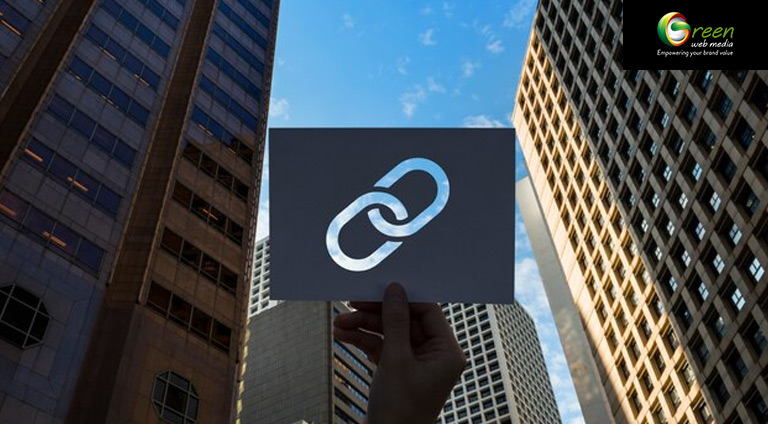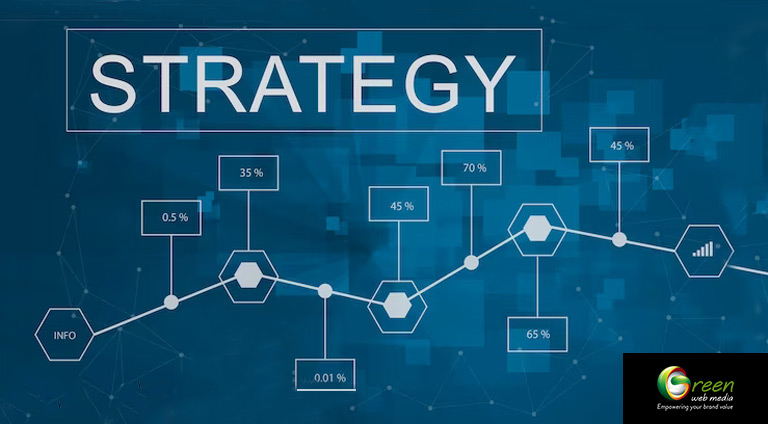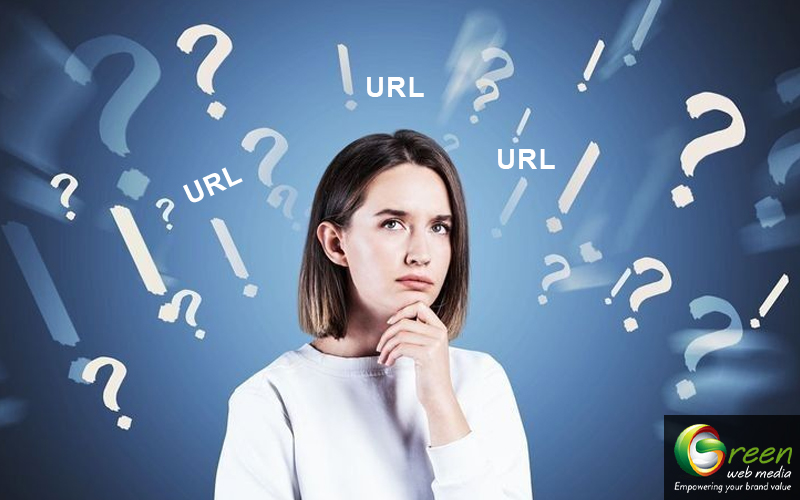The Hidden Significance of Internal Link Building

For a firm trying to stand out online, the vast internet can seem huge and a bit intimidating. With millions of websites out there, each market has its successful players.
An internal link-building strategy is a great way to make your website more popular, getting more people to visit and maybe become customers. Internal Link building implies bringing other websites to link to yours. It’s like creating paths on the internet that lead to your website. These links help search engines find and check out the relevant websites.
Even with all the changes Google has made, internal link-building is still a really important way to market your business online. It helps your company get noticed and brings in more people to your website.
So, if you want to learn how to bring in a lot more visitors to your website using internal link building, keep on reading. This article will show you some tried and tested methods to use internal link building effectively to get more traffic.
#II. Understand the types of Links:
1. Internal Links
Internal links have two jobs:
The first job is simple – when you link your content, you’re helping users move around your website smoothly, making them stay longer. For example, if you finish a guide about link building, you can add an additional link to another guide you have about how to use your tool for link building.
The second, not-so-obvious job of internal links is that they help Google’s bots crawl through your website. Google’s bots regularly go through your site in a process called indexing. During this, they add any new pages or posts you’ve published into Google’s index.
If your pages don’t exist in the index, they’re lost. So, internal links help your website get noticed by Google and appear in search results.
2. External Links
Many marketers don’t like using external links in their strategies, and you should know why. After all, you would not want to send people away from your website when your goal is to bring them in, got it?
But, like many things in the world of making your website show up on search engines, it’s not as simple as just black and white. Usually, it’s considered a good practice in SEO to link to trustworthy sources. External links are the stamps of approval made by other experts in your field.
However, you should be careful about which websites you link to and how many links you’re giving away. It is about finding a balance between sharing helpful information and keeping your visitors interested in what you have to offer on your own site.
3. Backlinks
Backlinks can really boost how well your website shows up in searches. The more links from other places pointing to your website, the better.
There are different kinds of backlinks. The best ones are links that show up in other people’s blog posts – called editorial links. But even if someone leaves a comment on a blog or shares your website on social media, it counts as a backlink.

#III. Why Is Internal Link Building So Crucial?
Google understands that websites are always changing.
Let’s say you update the information or post a fresh blog entry every few days. Because of these changes, Google needs to keep checking websites regularly to find the latest content.
And here’s where internal links play a role.
Google depends on these links to find new content. This is because whenever you add something new to your website, it usually gets linked from somewhere else on your website. These internal links act like a map for Google, helping it discover and explore the new stuff you’ve added.
1. Internal links help prove relationships between content
Think of internal links as the glue that sticks different parts of a website together. When Google checks out websites, it uses a web-crawling bot called Googlebot. This bot kicks off its journey at the homepage, looks at the page, and then follows the first link it sees. As it keeps going, Googlebot checks both internal and external links, figuring out the tangled connections between pages and posts on the site.
For example, imagine there’s a post talking about ‘Content SEO,’ ‘Internal linking,’ and ‘Site structure.’ Inside that post, you may put links to these tags. It’s like putting up signposts for Googlebot, which shows that these pages are linked; they’re all about the same thing. This helps Google understand which pages on the site talk about similar topics, making it better at knowing what’s on the website. In simple terms, internal links act like guides, leading Google through the digital maze and helping to show how different pieces of content are connected.

2. Internal links make your website more visible on search engines.
When you want something, you just google it now. We all know that the first few results on the search page get a lot of attention from us. So, if you want your website to be one of those top results, you need good internal links.
Search engines really like it when other websites link to yours. It’s like a vote of confidence. If your website is awesome and has helpful stuff, other sites will naturally link to it. But if you’re not getting enough links, your site might not show up as much on search engines. So, internal link building is like giving your website a boost to be more visible to people searching online.
3. Internal links directly result in more traffic
Google has explicitly mentioned that:
“The quantity of internal links directed to a page sends a signal to search engines regarding the relative significance of that page.”
Some say that internal link building is just an additional part of SEO. Well, having internal links, especially good ones, is crucial if you want your SEO objective to work out in the long run. Google tends to send more people to a page that has high-quality and relevant internal links.
Usually, when your website gets higher rankings in search engines because of more links, it gets more clicks. Getting links from good websites with lots of visitors can bring in more people who find your website through a search. So, having more links often means more people visiting your site from search results.
The importance of internal links has increased even more because different types of links have been developed in recent years. The key is to keep up with the latest changes in the link-building process and the ranking algorithm. Businesses that still use the same methods from a decade ago might not see the same good results.

#IV. Creating an Internal Linking Strategy Made Easy
One way to achieve a higher ranking in search results is by regularly looking at and improving your internal linking strategy. This helps your website become more “fit.” By adding the right internal links, you are telling Google:
1. Which pages are important?
2. How are different pages related?
3. The value of each page.
Here are some simple steps to set up your internal linking strategy:
1. Plan Your Website Structure
Think of your website as a pyramid. At the top is your homepage. Below are sections or categories, and even further down are individual posts and pages. Your website’s menu should follow this structure.
2. Identify Your Key Content
Decide what your most important content piece is. This could be your best and niche content about the main topics of your business. You want to add many links to this content to show Google it’s crucial.
3. Use Contextual Links
If you have written several articles about a specific topic, link them together. This tells Google and your visitors that these articles are related. You can add links directly from sentences in your writing or add links at the end of your post.
4. Link Hierarchical Pages
If your website has pages arranged in a hierarchy (like parent and child), link them to each other. This helps Google understand the organized structure of your site.
5. Consider a Related Post Section
You can add sections to your posts that show related posts. This is a great way to introduce more visitors to your content. Make sure the related posts are genuinely related.
6. Add Navigational Links
Boost the importance of your cornerstone content by linking to it from the homepage or the top navigation menu. Do this for the posts or pages most crucial to your business.
7. Link to Your Recent Posts
After publishing a new post, link to it from other relevant content on your site. This ensures search engine crawlers can find and index the new post.
8. Highlight the most Popular Posts
Create sections in the sidebar or footer of your website that link to your most popular posts. This not only gives these posts a boost but also makes them easily accessible to visitors.
9. Keep an Eye on Your Links
Keep track of how your links are doing using tools like Google Analytics. Check which links are getting clicks and which pages are getting the most attention.
If some links or pages are not doing well, put on your problem-solving hat and make changes. Maybe you need to choose better words for your links or add more links to popular pages. The online world is always changing, so your linking plan should change with it.
Following these steps helps keep your website healthy and visible. Strong internal links, well-organized content, and adapting to changes in the online world will lead to a successful online journey.

#V. Common Mistakes to Avoid in Internal Linking
1. Using Wrong Links
One of the worst ways is using incorrect links. Sending readers to broken or unavailable links can increase the bounce rate and harm your website’s credibility. Various types of incorrect links can mess up your link structure.
2. Ignoring Orphaned Pages
If any page on your website has no links pointing to it, it’s considered orphaned. These pages are hard to discover and have low visibility because search engines won’t crawl them without any links leading to their existence.
3. Adding Too Many Links
Always prioritize the end-user in your internal linking strategy. If a link doesn’t add value for the visitor, remove it. User experience and engagement are more important than just trying to boost link volume. Overloading your page with too many links can lead to dissatisfaction and confuse search engine crawlers.
In the end, Green Web Media is here to help
If you are trying to get your website to show up higher on Google, you need a good plan for SEO and inbound strategies. One crucial step is to create a smart internal linking plan with the help of Green Web Media. These experts help you in connecting different parts of your website to help it rank better.
With a strong internal linking plan made exclusively for you by Green Web Media, your website can become more authoritative and visible and get better rankings on Google. This, in turn, brings in quality visitors who might become paying customers. If you are working on your plan, make sure to use the insights offered by Green Web Media to skyrocket your web site’s ranking.






